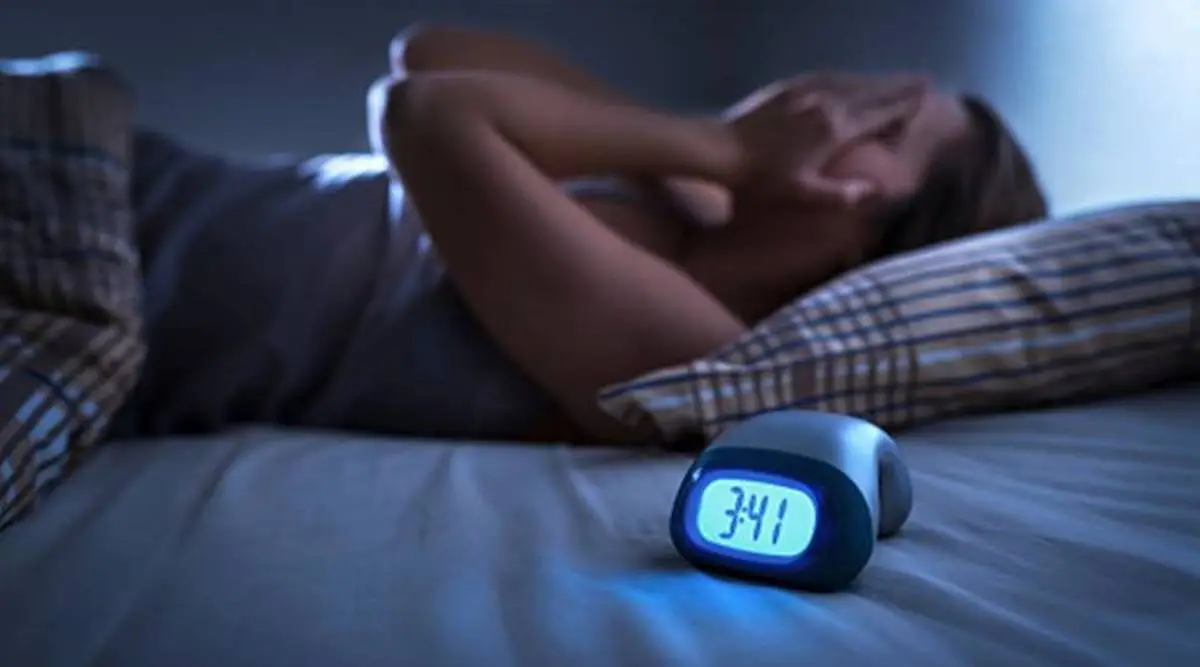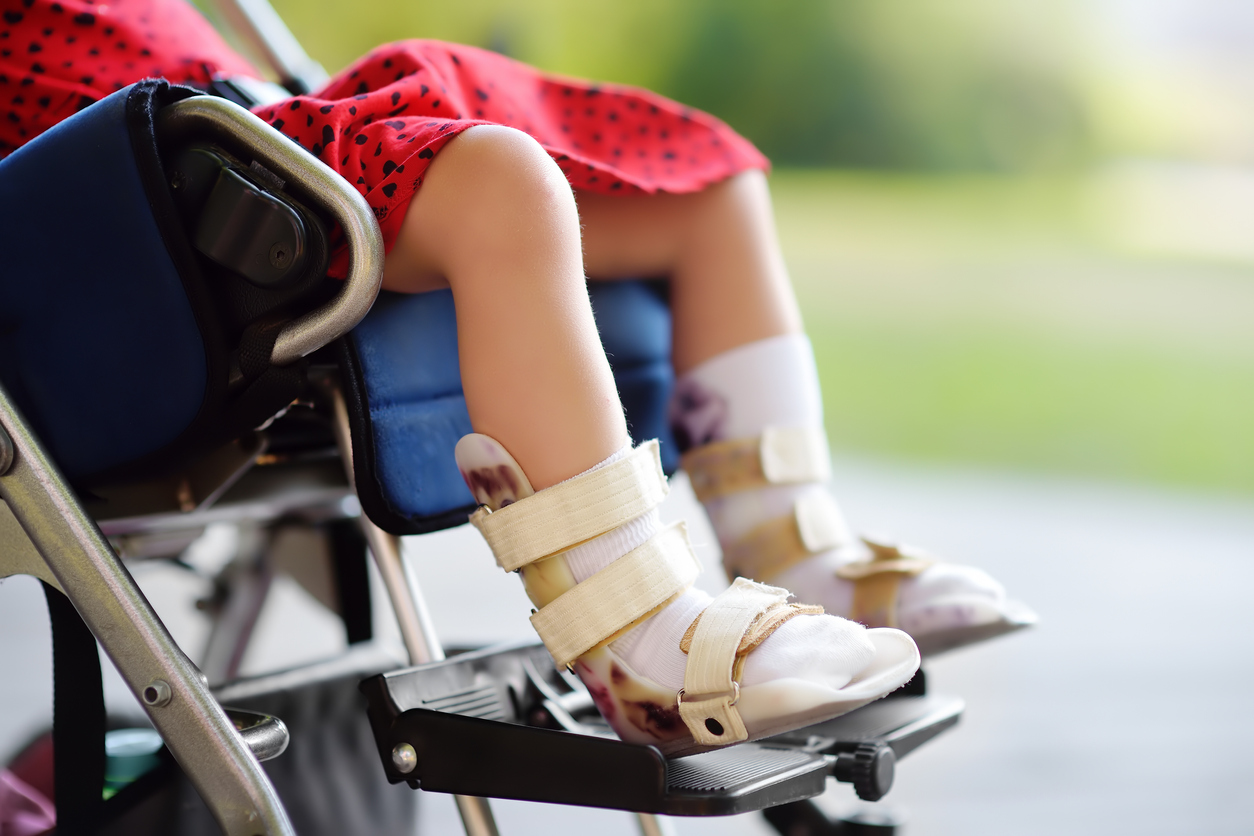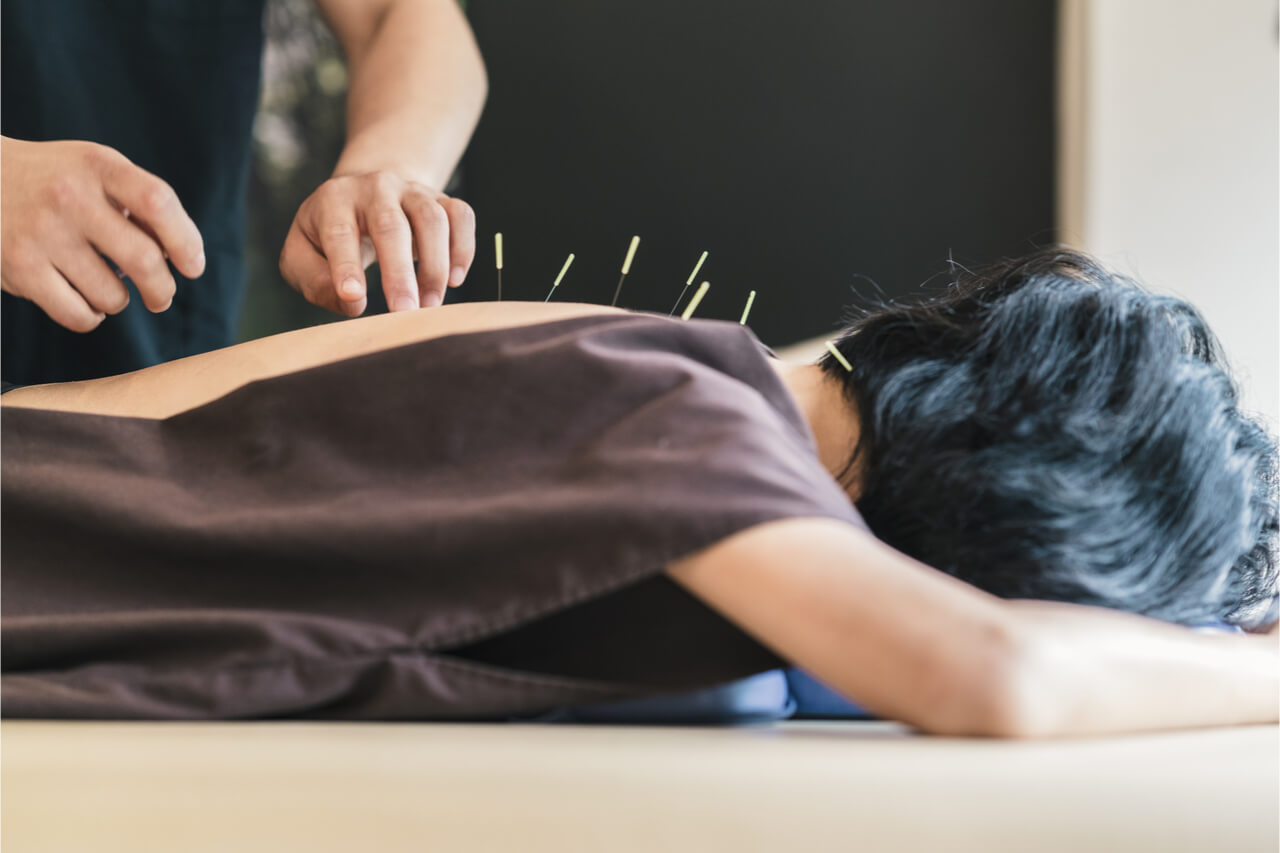Sleeping is a vital function for our body and it helps the body to heal and restore. Unable to get proper sleep leads to diseases and disorders. Additionally, sleep disorders and mental disorders go together, sometimes sleep disorders cause mental disorders.
While other times mental illnesses instigate sleep disorders to develop over time. Globally, about 80% of people suffering from a mental illness developed some type of sleep disorder. To understand our health better let us learn about the types of sleep disorders that we might have so we can get professional help.
What are Sleep Disorders and how can you treat them?
Simply put, a sleep disorder is a condition that causes you to have a disruptive sleeping pattern or prevents you from having required quality sleep. Sleeping disorders can vary from being mild to chronic.
You can treat mild disorders by taking over-the-counter medications or using a natural remedy; for example, doctors believe that the benefit of turmeric as an antioxidant can help improve sleeping patterns. Importantly, for chronic sleep disorders, you must consult your doctor and take proper medication and therapies. As long-term sleep deprivation can be fatal and cause other severe medical conditions to develop.
The 10 Types of Sleep Disorders
1. Restless Leg Syndrome
Willis-Ekbom disease or restless leg syndrome is a nervous system disorder. It causes the patient an intense urge to move their legs while at rest; sitting, or lying down. This can cause problems falling asleep and in turn cause problems in daily life functions.
2. Central Sleep Apnea
Sleep Apnea is a disorder in which you stop breathing while sleeping. There are two types of sleep apnea. While there is a third kind called mixed sleep apnea which combines both the below types of sleep apnea but it is rare.
Central sleep apnea occurs when stop breathing in your sleep because of a lack of brain-muscle coordination. In this sleep disorder, your brain does not signals your muscles to breatheair in. The causes of central sleep apnea may be serious underlying medical conditions affecting the lower brainstem.
3. Obstructive Sleep Apnea
Unlike central sleep apnea, obstructive sleep apnea happens when something is physically blocking the airway. This puts pressure on your chest muscles and diaphragm as they try hard to pull air in. In obstructive sleep apnea, the patient may stop breathing for a while and wake up to breathe again. But mostly the patient doesn’t remember waking up.
4. Narcolepsy
A neurological disorder that causes extreme and uncontrollable sleeping patterns, narcolepsy can disrupt daily life. Narcolepsy causes the patient to suddenly fall into REM sleep at any time of the day during any activity. To demonstrate, a person can fall asleep while driving or operating heavy machinery. For this reason, narcolepsy can be a very dangerous disorder if not treated.
5. Insomnia
People suffering from insomnia have trouble falling asleep or staying asleep. Insomnia can be acute or chronic and may come and go from time to time. Furthermore, there are 2 types of insomnias; first, caused by health problems (depression, asthma, cancer, etc.). Second, that is not because of any health problems.
6. Parasomnias
Parasomnias are disruptive disorders that cause a lack of sleep. Parasomnias can happen anytime during sleep; just before sleeping, during sleep,just before waking up, and while waking up. There are many types of parasomnias:
- Night Terrors
- Nightmares
- Sleepwalking
- Sleep Talking
- Confusional Arousals
- Rhythmic Movement Disorder
- Sleep Paralysis
- Impaired Sleep Erections/ Painful Erections
- Bedwetting
- Etc.
7. Hypersomnia
Unlike insomnia, hypersomnia causes the patient to sleep excessively. In this condition, a person may sleep anywhere at any time of the day. Conditions like lethargy, mental fog, and memory troubles follow hypersomnia. Hypersomnia is an increasing problem throughout the world because of tough work and school schedules.
8. REM Sleep Behavior Disorder
Rapid Eye Movement is a deep sleep state that makes up 20-25% of our total sleep. REM is responsible for our dreams. During REM sleep our eyes move rapidly, our heart rate rises, and our muscles lose movement (paralysis). The loss of muscle tone happens so we won’t hurt ourselves while dreaming. In this sleep disorder, the loss of muscle control (paralysis) is not present and thus, the patient can act out in their dreams like talking, punching, or yelling, etc.
9. Circadian Rhythm Disorders
The Circadian rhythm is the body’s natural clock that keeps our biological functions in order. This is a 24-hour cycle. This cycle is vital for your body to perform well and brain wave patterns, cell regrowth, hormone production, and other activities depend on the circadian cycle. The presence of daylight and its absence at night sets the normal circadian cycle in our body. Below are Types of Circadian Rhythm Disorders:
a. Jet Lag
This happens when you travel and change time zones. Jet lag causes people too much sleepiness and a lack of alertness inthe daytime.
b. Shift Work Sleep Disorder
As the name suggests, this disorder is prevalent among people who work odd shifts. Frequent rotation of shifts can disrupt the circadian cycle. People suffering from this can lack up to 4 hours of sleep than an average person.
c. Delayed Sleep Phase Syndrome
DSPS is the most common sleep disorder among teens and people in their early 20s. DSPS is asleep timing disorder. Going too late to bed and then having trouble waking up in time for routine activities are major characteristics of delayed sleep phase syndrome.
d. Advanced Sleep Phase Syndrome
This is a disorder opposite to DSPS. Meaning, that people that have ASPS go to sleep early and wake up too early. This causes tiredness and sleepiness in the evening.
e. Non 24-Hour Sleep-Wake Disorder
This disorder mostly affects blind people but normal people can also get this. In 24-hour sleep-wake disorder, the time at which the patient goes to sleep varies daily and gets delayed each night.
f. Irregular Sleep-Wake Rhythm Disorder
In irregular sleep-wake rhythm disorder patients tend to sleep without a proper schedule. Such as, sleeping all day long for 24-hours or sleeping in phases the whole day without any proper night sleep.
g. Periodic Limb Movement Disorder
Closely related to Restless Leg Syndrome, Periodic limb movement syndrome causes rhythmic movements of the limbs during sleep. The movements instigate restlessness and can occur occasionally or all over the night.








Leave a Reply
You must be logged in to post a comment.